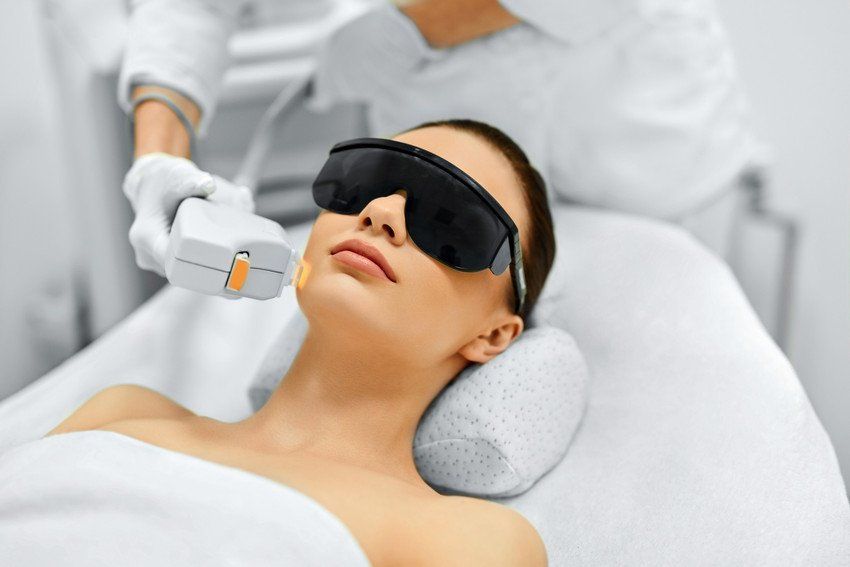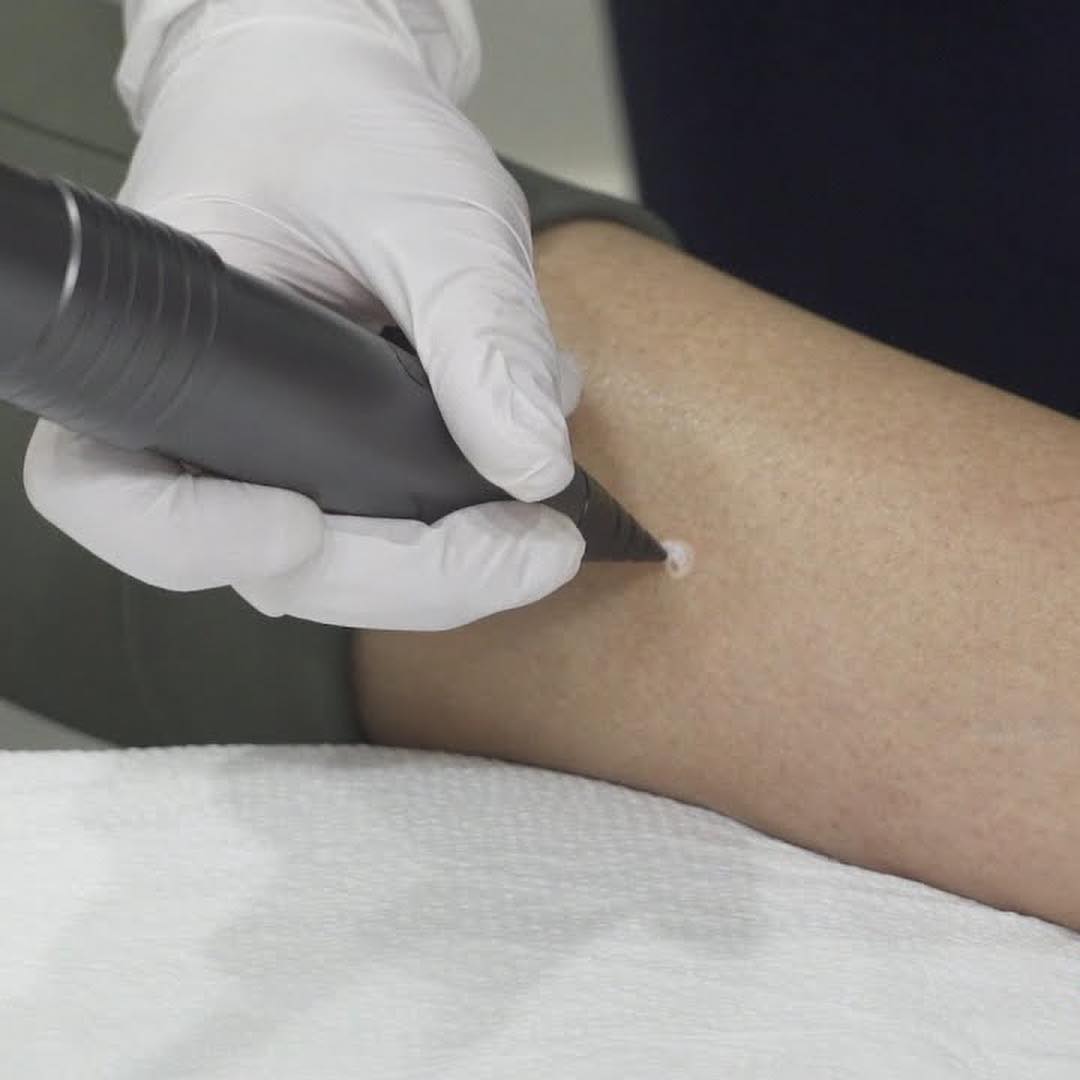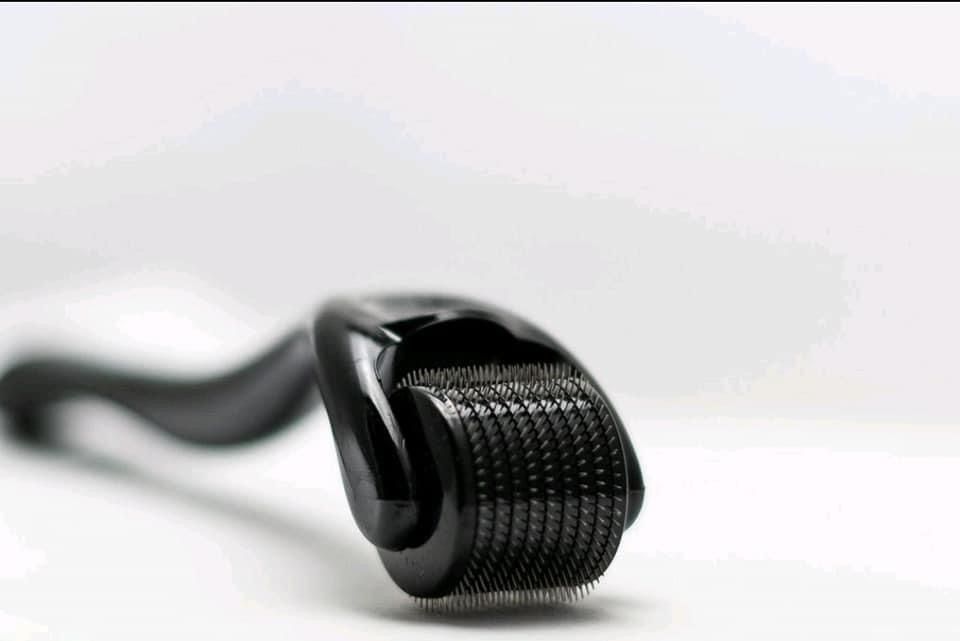Understanding Skin Tags: What They Are and How to Remove Them
What Are Skin Tags?
Skin tags, medically known as acrochordons, are small, benign growths that protrude from the skin's surface. They often appear as soft, fleshy lumps and can vary in size, typically measuring a few millimetre’s to a y. Skin tags are most commonly found in areas where the skin folds or rubs against itself, such as the neck, armpits, eyelids, and groin.
Skin tags are composed of collagen fibres, blood vessels, and epithelial cells. While they are not harmful and do not typically require treatment, their presence can be bothersome for some individuals, particularly if they become irritated or snagged on clothing or jewellery.
Who Is Prone to Skin Tags?
Skin tags can occur in anyone, but certain factors can increase the likelihood of developing them: -
Age: They are more common in adults, particularly those over 40.
Obesity: Excess weight can lead to more skin folds, increasing the chances of skin tags. -
Diabetes: People with diabetes are more susceptible to skin tags.
Genetics: A family history of skin tags can also play a role in their development.
What Is Cryotherapy?
Cryotherapy is a medical treatment that involves using extreme cold to freeze and destroy abnormal tissue. It is commonly used in dermatology for various skin lesions, including warts, moles, and of course, skin tags.
The most frequently used method for cryotherapy is liquid nitrogen, which is applied directly to the skin tag. The freezing process causes the cells of the skin tag to become damaged, leading to their eventual death and shedding. Cryotherapy is generally a quick procedure, often taking just a few minutes, and can be performed in a dermatologist's office.
How to Remove Skin Tags Using Cryotherapy
If you have skin tags that you wish to remove, here’s how cryotherapy typically works:
1. Consultation: First, schedule a consultation with a dermatologist. They will examine the skin tags to confirm they are benign and discuss your removal options.
2. Preparation: The area around the skin tag may be cleaned.
3. Application of Cryotherapy: The dermatologist will use a cryotherapy device to apply liquid nitrogen to the skin tag. This will freeze the tag, causing it to turn white and potentially feel a little cold or prickly.
4. Post-Treatment Care: After the procedure, the skin tag will gradually fall off within a few days to weeks as the tissue dies. You may be advised to keep the area clean and avoid picking at it.
5. Follow-up: While most skin tags can be removed in a single session, some may require additional treatments. Your dermatologist will schedule follow-ups as needed.
Conclusion
Skin tags are harmless growths that may be removed for cosmetic reasons or if they become irritating. Cryotherapy is a highly effective method for their removal, offering a quick and minimally invasive solution. If you are considering getting skin tags removed, consult with a dermatologist to explore the best options for your specific needs.











